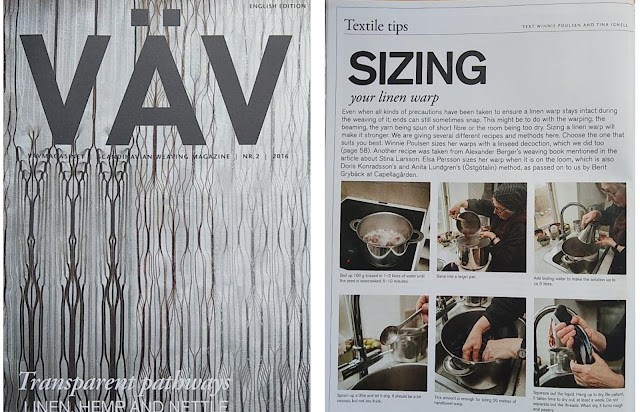One of the best parts of finishing a big project is writing the acknowledgements. It’s a quiet moment to reflect on the people, learning, and support that made everything possible.
First of all, I’m grateful for the support of the Arts Council England during 2024. Their backing allowed me to improve my practical textile skills, develop collaborations, and deepen my understanding of how to coordinate community-based projects.
I’m also hugely thankful to all my former Nettler's who joined Let’s Grow Flax in 2023. You embraced the idea of growing flax with such care and commitment, and it showed in the results. I’m proud to share that our group produced 1.4 kg of long fibre – a yield in line with those reported by Flaxland UK, a pioneering flax farm in Somerset.
Our group also took part in several workshops, allowing us to both revive and conserve traditional textile skills. At the same time, we laid the foundations for something new – a glimpse into a more sustainable textile future, where bioregional networks connect growers, artisans, and small-scale makers. Thank you to everyone who donated flax to the project, helping us create a high-impact regenerative fashion item: a pair of locally made linen denim jeans.
In 2024, I had the joy of turning our communal flax into those jeans – and I couldn’t have done it without my collaborators.
Ginny’s support in setting up the Let’s Grow Flax group in 2023 was invaluable. Her dye workshop in 2024 was great fun, and she also took on much of the organising for the Community Day at Farnham Museum in September. On top of all that, she generously donated some of her own handspun yarn to the project.
Rowan Hunt, denim researcher and fellow member of Let’s Grow Flax, generously shared his knowledge and pointed me towards new areas for research.
Amanda Hannaford not only guided me patiently from inch-worm spinning to long-draw, but also came to the rescue when we ran short of warp yarn. On very short notice, she handspun a strong, beautiful yarn that wove like a dream.
The collaboration with the pioneering Fantasy Fibre Mill was a steep learning curve for all of us. Both the quality of the fibre and the open-access scutching tool improved hugely during 2024. Although we ended up with less yarn than projected, the progress we made and leaning curve we covered was well worth it.
Thanks to Amanda’s excellent teaching, I was able to handspin most of the warp myself – a yarn that needs to be much stronger than the weft. This meant I didn’t have time to process more fibre, so I’m especially grateful to Soma and Ann from Flaxland, who stepped in and kindly processed and scutched more locally grown flax at short notice. This made it possible to finish the sampling and the jeans themselves.
We were lucky to be able to share our flax journey at RRLLM, Farnham Museum, and the Weald & Downland Museum, with both fellow craftspeople and the wider public.
Taking part in Fashion on Earth was a real highlight. It felt grounding to be among so many thoughtful garments, each created with care for the planet, under the Gaia exhibition.
Flaxland UK supported the project on very short notice by scutching some of their UK grown flax and sending it within a week, when our locally grown fibre ran short. Their flax fibre was also as a control fibre for our fibre and the first spinning samples also were made with Flaxland UK flax.
And finally, a big thank you to my fellow comrade in flax and nettles, my toolmaker, last-minute duck weaver, and husband – Martin. I couldn’t have done this without his patience, support, and hands-on help.
These jeans bring together old craft and new approaches, the love of flax from private gardeners and growers, skilled artisans, and emerging technology. 100% biodegradable, and grown and made within 50 miles.









































